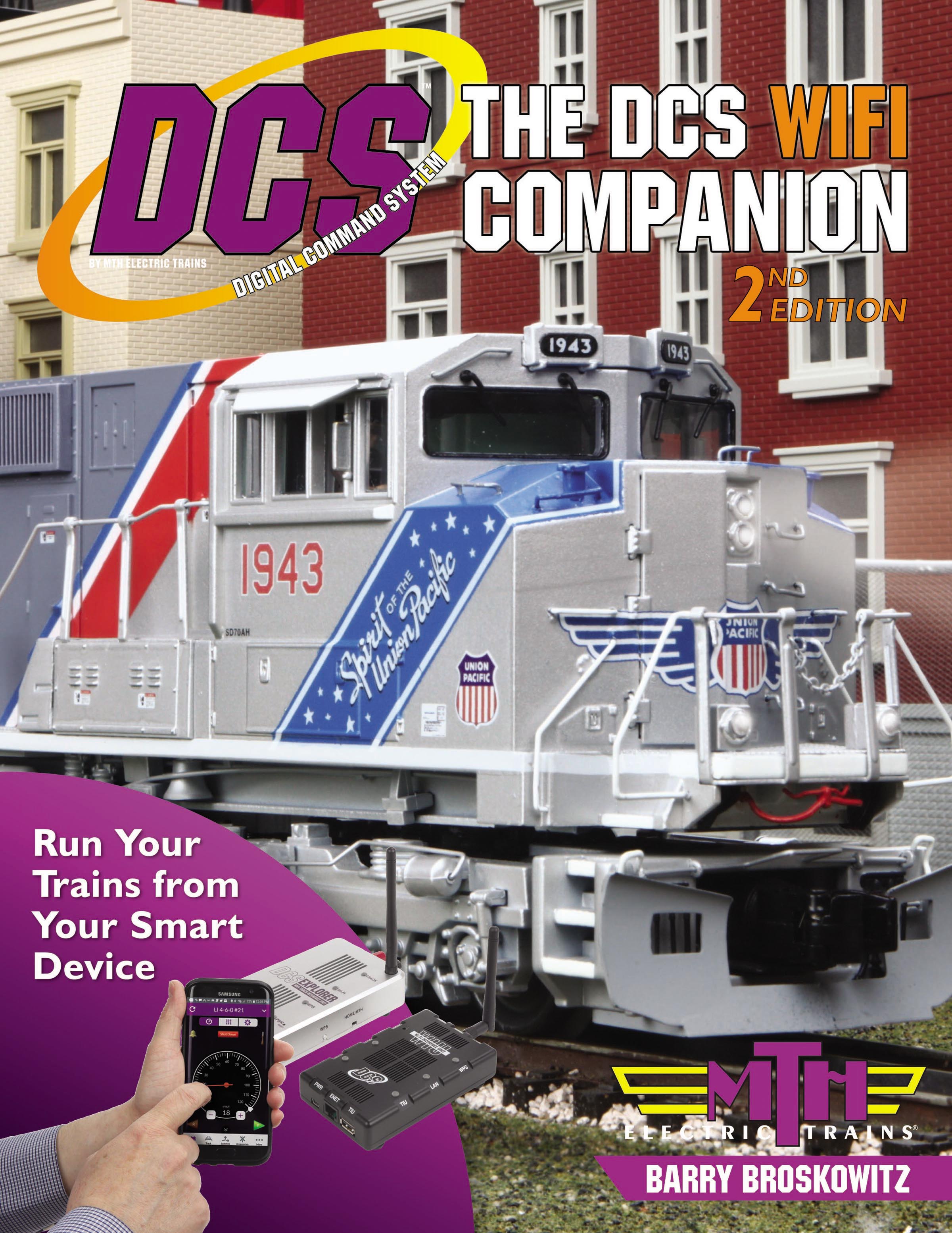I donated a G version TIU to my club where I am building a Multi-Gauge Standard and O-Gauge Tinplate layout. The TIU I had repaired last year by MTH so I was certain it was in good shape. About two weeks ago during a long running session (nearly 8 hours). The TIU started to get really hot around the light bulb and the plastic was warm and was starting to warp.
Last week I started having issues where the trains were not responding to the remote. The bell wouldn't shut-off, the smoke unit button wouldn't work. The signals didn't appear to be getting to the locomotives. Fast forward to tonight. None of the trains worked. I could run the DCS engines in traditional mode using the variable voltage but that was it. All the engines said they weren't on the track. I reset the TIU to factory. The system could not find any engines, even though their were 4 ProtoSound 2/3 engines on the tracks. I reset the remote. Still no change. It appears I am dead in the water. Any suggestions?
Scott Smith






